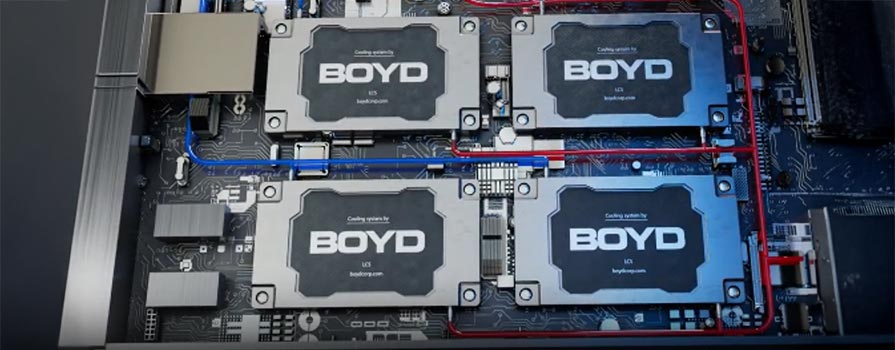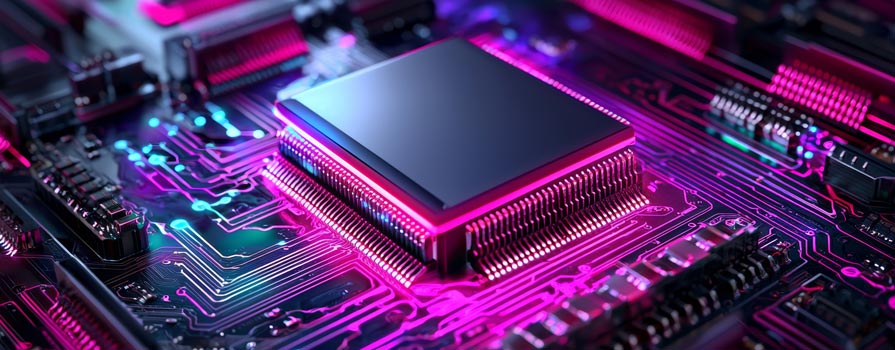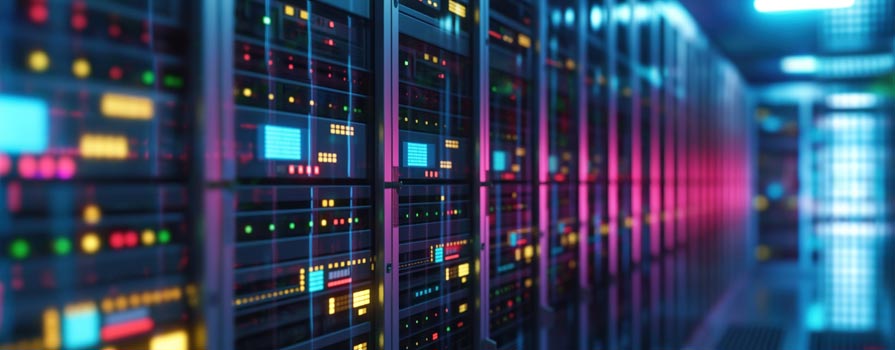Rising Energy Demand in Data Centers

Cooling and Energy Consumption in Data Centers
McKinsey and Company estimates that cooling accounts for nearly 40% of the total energy consumed by data centers, emphasizing the importance of implementing efficient cooling practices to reduce energy consumption and improve overall energy efficiency.
Data centers use a common metric known as Power Usage Effectiveness (PUE) to measure energy efficiency, a ratio that compares the total energy consumed by a data center, to the energy consumed just by the IT equipment.
A PUE of 1.0 means that the data center is perfectly efficient, while a PUE of 2.0 means that the facility infrastructure is consuming twice as much power as the IT equipment. Data center operators measure PUE to meet efficiency initiatives and identify areas for improvement. The average annual power usage effectiveness (PUE) reported in 2022 was 1.55, representing a slight improvement over the 2021 average of 1.57 but consistent with the trend of marginal PUE gains Uptime Institute observed annually since 2014.

However, the most efficient large hyperscale facilities achieved a PUE value of 1.2 compared to other facilities that have PUE values greater than 1.6, which means for every kW of power used for the IT task, another 600 W is consumed to power the cooling and other infrastructure equipment.

PUE by Data Center Space Type
Improve Energy Efficiency with Innovative Cooling Technologies
Efficient cooling practices play a crucial role in achieving a lower PUE. By implementing innovative cooling technologies, such as liquid cooling, hot and cold aisle containment, or optimized airflow management, data centers reduce the energy consumed by cooling infrastructure, leading to improved energy efficiency. The adoption of liquid cooling in data centers is gaining momentum due to its ability to deliver more efficient and effective cooling than air-cooling, especially high-density IT racks.
The PUE analysis of a High-Density Air-Liquid Hybrid Cooled Data Center published by the American Society of Mechanical Engineers (ASME) studied the gradual transition from 100% air cooling to 25% air –75% liquid cooling. The study observed a decrease in PUE value with the increase in liquid cooling percentage. In the 75% liquid cooling case, 27% lower consumption in facility power and 15.5% lower usage in the whole data center site were obtained.
The PUE metric does not consider IT or networking equipment efficiency and provides a benchmark to evaluate efficiency gains over time within a data center facility, not comparing one facility against another. Regardless, it remains the de-facto standard to measure and compare data center energy efficiency. Despite its shortcomings, PUE provides a useful baseline to assess and improve a facility’s infrastructure efficiency.
The data center industry continues to work on new metrics to more accurately measure its energy efficiency. TUE is one such metric that considers the efficiency of the IT equipment, the cooling system, and other factors affecting energy consumption in data centers.
Boyd’s Innovative Data Center Cooling Solutions
Boyd has decades of experience and expertise innovating and manufacturing cooling solutions like coolant distribution units, 3D vapor chambers, liquid loops and cold plates, remote heat pipe assemblies, and chillers for data centers. Leverage our liquid cooling and material science heritage to design innovative AI-based solutions optimized for performance, reliability, and energy efficiency.
Our engineering and material science expertise allows us to design custom cooling solutions for specific data center types. To learn more about our thermal management solutions or to discuss your project needs, schedule a consultation with our experts.






